Staying safe over the festive period

The safest way to celebrate over the festive period is to keep it short (24 hours), local and wherever possible celebrate at a distance. Read our blog for more tips on how to limit the spread of COVID-19.

The safest way to celebrate over the festive period is to keep it short (24 hours), local and wherever possible celebrate at a distance. Read our blog for more tips on how to limit the spread of COVID-19.
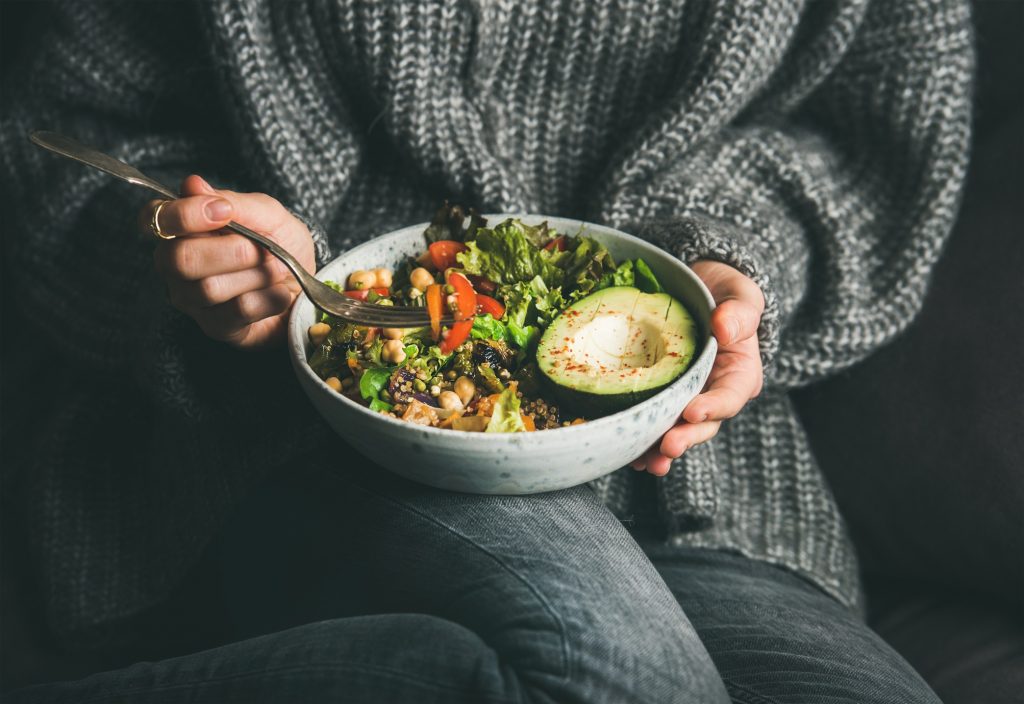
The National Diet and Nutrition Survey gives us a snapshot of the state of the nation’s diet. Find out what the latest report says about our eating habits.

The virus that causes COVID-19 is known to spread in clusters. Identifying these sources of infection is key to reducing spread and one of the best ways to do this is by looking for common exposures.

Today London and parts of Kent, Essex and Hertfordshire have moved under tighter Tier 3 restrictions as we escalate our fight against COVID-19.
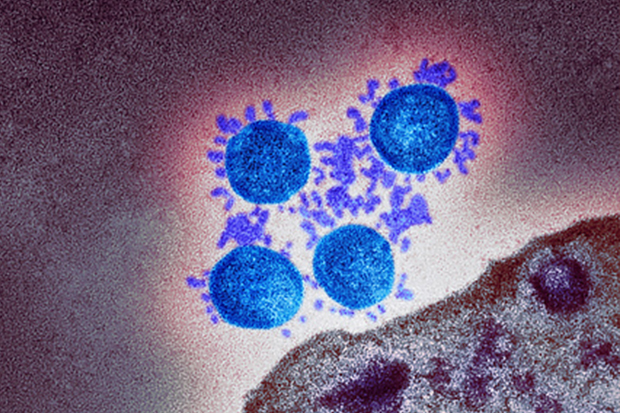
Lateral flow devices are one of the new tools being used to help us to detect and fight COVID-19. Find out more about how the devices work and the benefits they can bring.
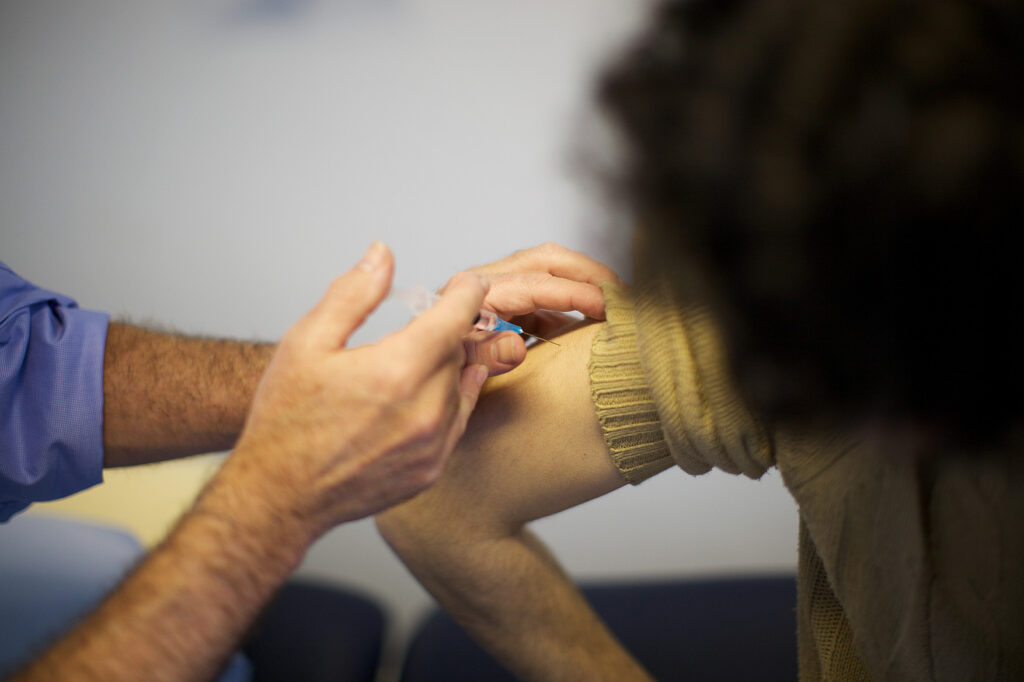
Find out more about the roles of the MHRA and JCVI in approving COVID-19 vaccines.
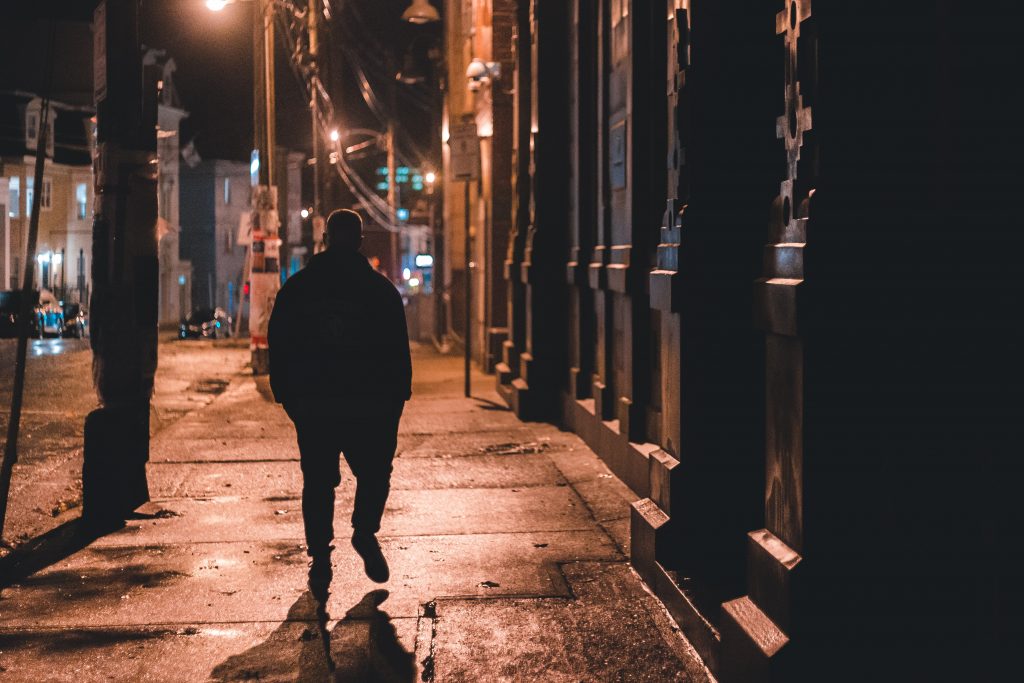
There are an estimated 589,000 people who are dependent on alcohol in England and about a quarter of them are likely to be receiving mental health medication. This blog looks at alcohol dependence and mental health in detail.
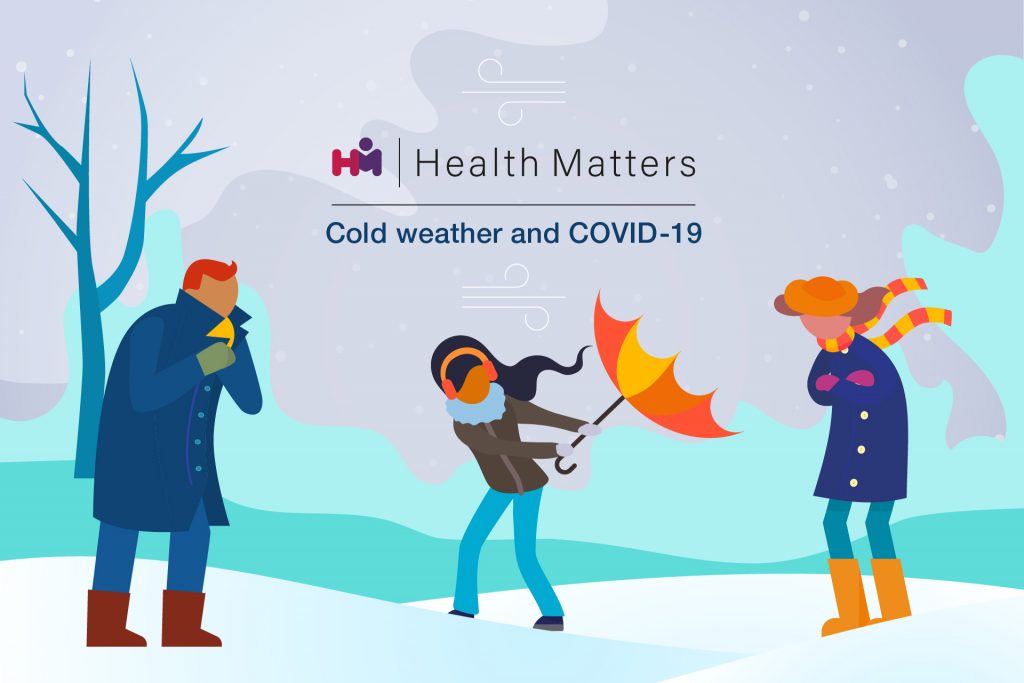
The latest edition of Health Matters, PHE’s professional resource, focuses on the effects of cold weather on health, looking at how COVID-19 amplifies cold-related risks. This blog sets out the content of the full edition.
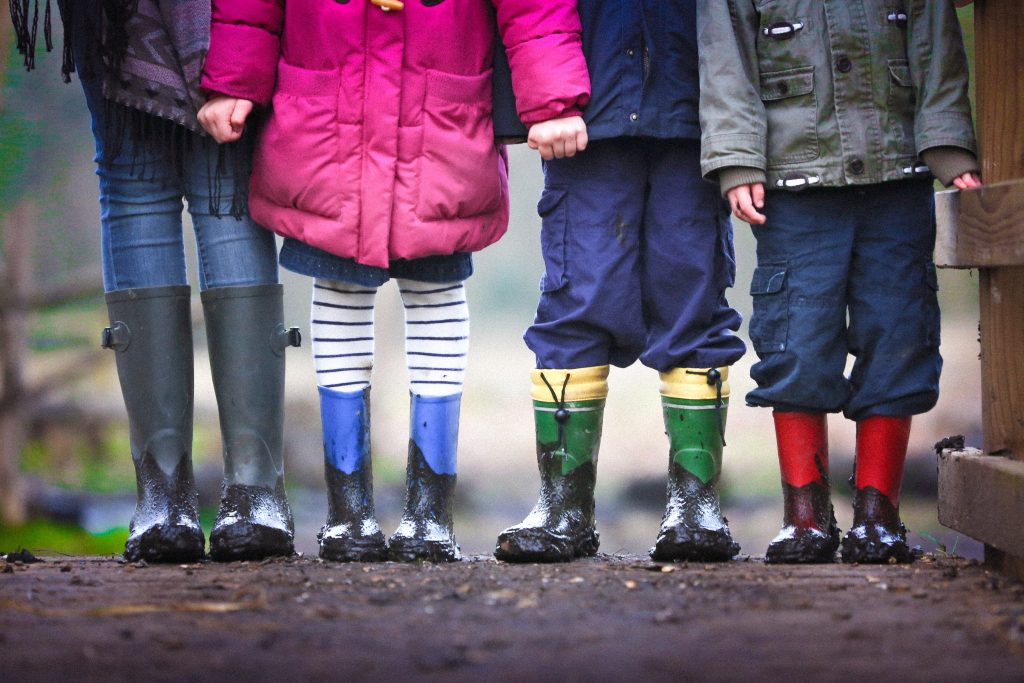
This year, it is more important than ever that we do everything we can to protect the population and the NHS from flu. The childhood flu vaccination programme is a key part of this. This blog looks at what is new for this year.
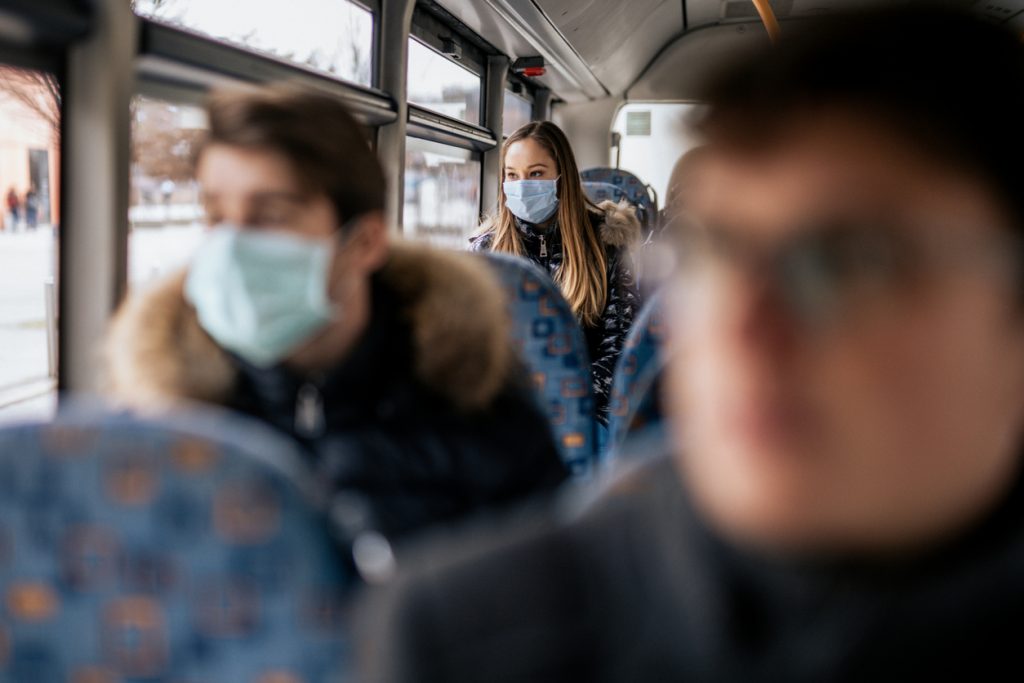
It is the disadvantaged poor that have been hardest hit by COVID-19 in the UK, as they have all over the world. In this blog we look at how we can address health inequalities and learnings from the first months of the COVID-19 pandemic.